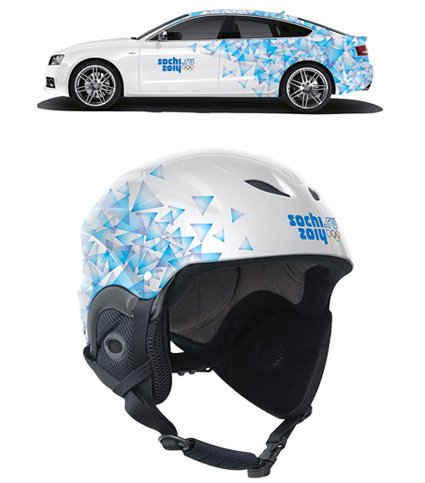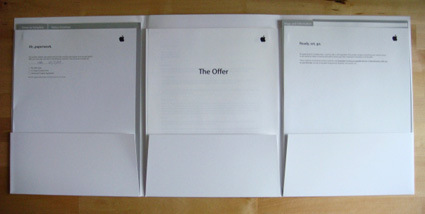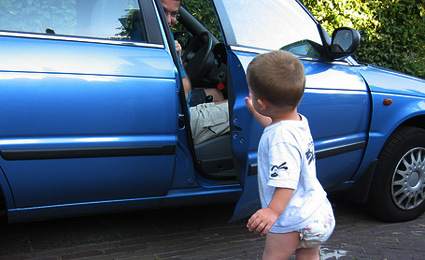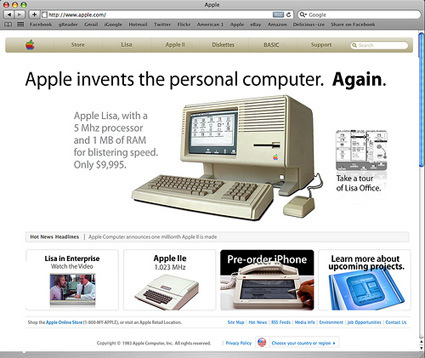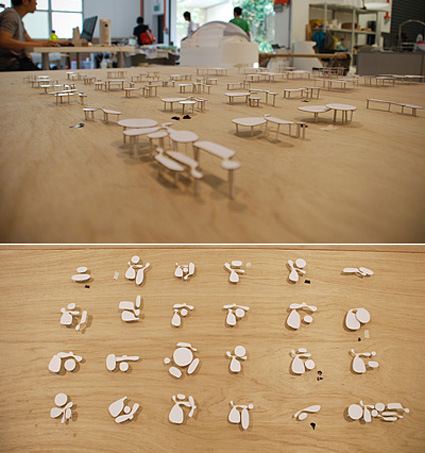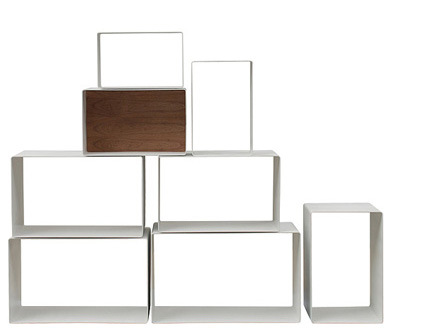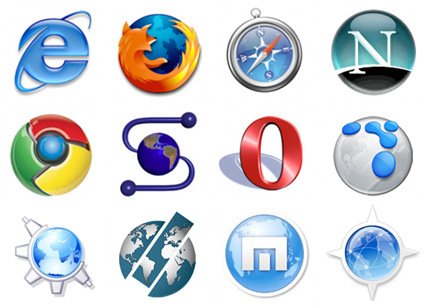In my daily work, I’m heavily involved in design research and design strategy, and creating the framework/angle in which the design team can approach a project. One of the things that I have always yearned to do is to create a series of ‘standard steps’ to take – a design strategy/framework set, if you will – the basic ‘design process’ that can lead to sound strategies that leads to creatively-directed and successful work both internally and for our clients.
This of course, is a good thing. With a more structured process, there is the effect of leverage – the same results can be replicated and amplified through more designers. Even for myself – this could be a good library of ‘known-solutions’ to fall back on – projects can get on faster and easier, without having to spend too much time re-thinking each project as they come.
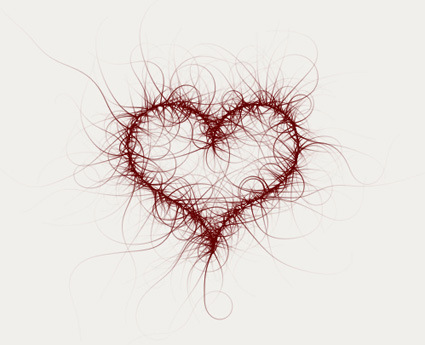
But I always seem to come to a stumbling block. I can try to summarize all of the frameworks/methods that I know of, or have applied in past projects, but inevitably they boil down to a few issues.
The strategies/approaches can become simplified – but to what extent? If I boil it down so that it can be applied across different projects, it can end up somewhat like IDEO’s Method Card (which I do have in my cabinet), which is good enough as a ‘spark plug’ to remind one in the existence of a particular approach, but hardly sufficient to take it and run (it’s not a ‘play book’).
If I do not simplify – and choose to instead include all the little extra steps, the creative angles, the specific techniques, then it’d seem to revert back to a very specific and narrow method, suitable perhaps for that one particular project of that one client, but difficult to transfer across projects (it cannot be generalized).
And today, I stumbled upon this quote by Michael Beirut – an old Design Observer essay from 2006, to be sure – but I thought “Wow, that captured my dilemma!”:
When I do a design project, I begin by listening carefully to you as you talk about your problem and read whatever background material I can find that relates to the issues you face. If you’re lucky, I have also accidentally acquired some firsthand experience with your situation. Somewhere along the way an idea for the design pops into my head from out of the blue. I can’t really explain that part; it’s like magic. Sometimes it even happens before you have a chance to tell me that much about your problem! Now, if it’s a good idea, I try to figure out some strategic justification for the solution so I can explain it to you without relying on good taste you may or may not have. Along the way, I may add some other ideas, either because you made me agree to do so at the outset, or because I’m not sure of the first idea. At any rate, in the earlier phases hopefully I will have gained your trust so that by this point you’re inclined to take my advice. I don’t have any clue how you’d go about proving that my advice is any good except that other people — at least the ones I’ve told you about — have taken my advice in the past and prospered. In other words, could you just sort of, you know…trust me?
Beirut’s main struggle seem to be “how to convince clients of the worthiness of his (team’s) ideas while the process appears fuzzy, unexplainable and/or non-logically-sequential”. In my case, the struggle is the attempt to sequential-ize and formalize a process that is in itself a blend of intuition, experience, fuzziness and voodoo magic.
The temptation to create a play-book (just like how football coaches do) is still strong – and I’d probably still want to (try to) do that. But perhaps I can take a page off Beirut’s experience and acknowledge that hey, not everything is a straightforward and repeatable process – particularly not in the fuzzy front end of design.

